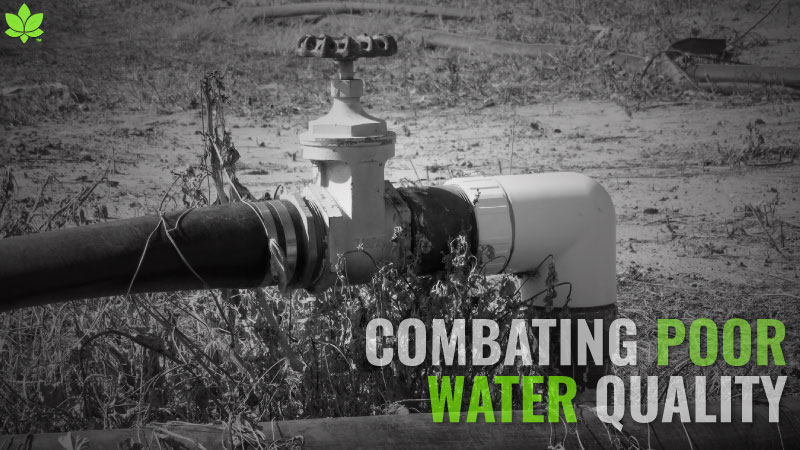Harvest Timing on the Minds of Stone Fruit Growers
American Fruit Grower® and Western Fruit Grower® magazines’ 2021 State of the Industry survey posed this question to growers of stone fruit: What can be done to ensure that consumers consistently get a good piece of fruit?
The responses, unlike some not-ready-for-prime-time stone fruit, aren’t lacking in flavor.
TIMING IS EVERYTHING
Knowing exactly when to — and when not to — harvest is imperative, according to numerous stone fruit growers.
“Too often people are harvesting when the product is ‘economically mature,’ not necessarily when it is phenologically mature,” a New York grower says. “I have heard of many people — consumers — buying peaches this year that were rock hard, pretty, but never ripened. They merely shriveled up.”
Simply put, pick less green fruit, a Colorado grower says. Along the same lines, according to a New York grower, “Make sure the consumer knows your fruit is local, (not) picked green and shipped thousands of miles.”
Staying local and staying small is recommended by several growers.
“Shop locally from small growers who harvest at the peak of maturity,” a West Virginia grower says. “Customers rave about my peaches because I pick them myself, and I pick them when flavor will peak about two to three days after harvested.”
That said, doing the right thing isn’t always as easy as it might seem.
“(The fruit) needs to be a little riper than a lot of what goes into the market,” a North Carolina grower says. “(But) it is a very fine line.”
Yes, it is, a Pennsylvania grower concurs. “Ripe fruit is less likely to have flavor problems but is more susceptible to bruising and doesn’t last as long,” he says. “Locally sourced fruit that is ripe can maximize flavor while attempting to minimize damage.”
A California grower puts the onus on the wholesale customer.
“The problem is with buyers. They are lazy and do not evaluate fruit for flavor,” he says. “The growers will continue growing fruit for price and appearance as long as that is the primary criteria from buyers. Fruit stand operators have mastered this. Corporate buyers are failing.”
VARIETY MATTERS
“I think that seeking fruit locally helps,” a New York peach grower says, “but I also think that fruit breeding could have a big impact on this problem.”
Start with a good variety, a California grower says. Breed for a firmer, sweeter fruit, a California counterpart adds.
Accomplishing all of that might be more practical, according to another California grower, if there were “better variety research.” Similar sentiment is expressed by a grower from Indiana: “Better information would be good. Going back to the older more familiar varieties could help.”
A New Jersey grower prefers to plant good quality varieties that are high in Brix and color content. Meanwhile, a Washington grower hopes to see better cherry varieties.
GROWING TIPS
Inputs have to be consistent, a California sweet cherry grower says. That includes a “correct fertilization schedule,” an Indiana grower adds.
“Don’t over-irrigate! Don’t over-fertilize!” a California apricot grower stresses.
Two growers focus on soil.
“I have found soil pH to be a contributor to flavor in fruit,” a Mississippi peach and plum grower says.
“Improve soil conditions, especially the soil biology,” a Washington sweet cherry grower adds.
Even with ideal horticultural practices, an Oregon grower reminds us that “ultimately, Mother Nature controls so much of fruit quality beyond our control. Some years are going to be better than others.”
POSTHARVEST HANDLING
Growers should ship to destinations faster, a New Jersey grower says.
Growers and packers should be “disciplined,” a Washington grower says. “Make sure we are putting out the best possible quality product,” he says. “Best quality does not necessarily equate to best color.”
“Pick and pack ripe fruit,” a Texas grower concludes.











